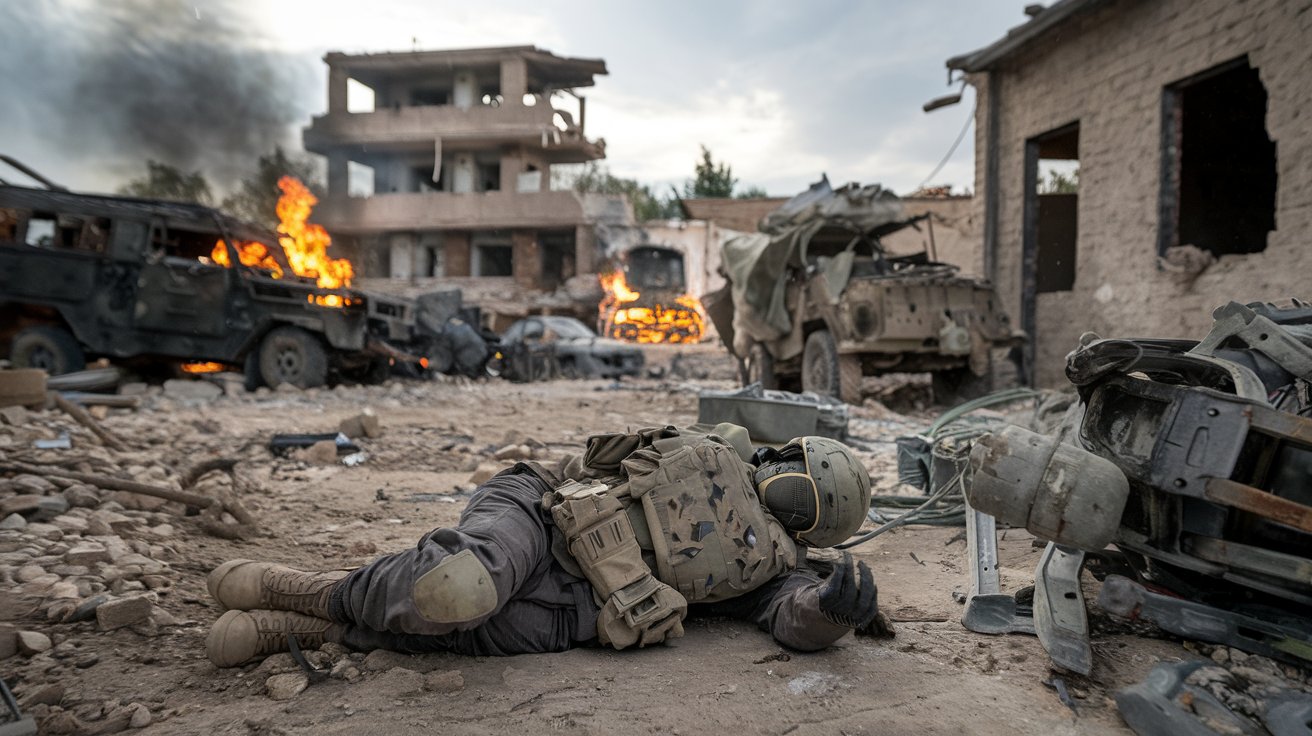
What was the Goryani Insurgency? The Goryani Insurgency was a resistance movement against the communist regime in Bulgaria from the late 1940s to the mid-1950s. This underground rebellion was led by groups of anti-communist partisans known as "Goryani," which translates to "people of the forest." They fought for freedom, democracy, and the restoration of pre-communist values. The Goryani used guerrilla tactics, hiding in forests and mountains, to challenge the oppressive government. Despite their bravery, the movement was largely suppressed by the state. However, their legacy remains a symbol of resistance and hope for many Bulgarians.
Key Takeaways:
- The Goryani Insurgency was a resistance movement in Bulgaria against the communist regime, led by former soldiers and intellectuals using guerrilla tactics in the forests.
- Despite facing harsh government suppression, the Goryani Insurgency remains a symbol of freedom and democracy, inspiring those who oppose authoritarian regimes.
What Was the Goryani Insurgency?
The Goryani Insurgency was a significant yet often overlooked resistance movement in Bulgaria. It took place during the early years of communist rule. This movement involved various groups and individuals who opposed the communist regime.
- The Goryani Insurgency began in the late 1940s and continued into the early 1950s.
- The term "Goryani" translates to "people of the forest," reflecting the guerrilla tactics used by the insurgents.
- Many Goryani were former soldiers, farmers, and intellectuals who opposed the new government.
- The movement was strongest in rural areas, where the communist regime's policies were most unpopular.
- The Goryani used the dense forests and mountains of Bulgaria to their advantage, making it difficult for government forces to track them.
Key Figures in the Goryani Insurgency
Several notable individuals played crucial roles in the Goryani Insurgency. These leaders inspired others to join the cause and fight against the communist regime.
- Ivan Todorov-Gorunya was one of the most prominent leaders of the Goryani.
- Another key figure was Georgi Mihov Dimitrov, who led a group of insurgents in the Rhodope Mountains.
- Many Goryani leaders were captured and executed by the communist authorities.
- Despite their efforts, the Goryani never received significant support from Western powers.
- The lack of external support made it difficult for the Goryani to sustain their resistance.
Tactics and Strategies
The Goryani employed various tactics and strategies to combat the communist regime. Their methods were often unconventional and aimed at disrupting the government's control.
- Guerrilla warfare was the primary tactic used by the Goryani.
- They conducted sabotage operations against government infrastructure.
- The Goryani also engaged in propaganda efforts to win over the local population.
- Many Goryani groups operated independently, making coordination challenging.
- The insurgents relied heavily on local support for food, shelter, and information.
Government Response
The communist government in Bulgaria took several measures to suppress the Goryani Insurgency. These efforts were often brutal and aimed at eliminating the resistance.
- The government deployed special military units to hunt down the Goryani.
- Mass arrests and executions were common tactics used by the authorities.
- The regime also implemented propaganda campaigns to discredit the Goryani.
- Informants were used to infiltrate and betray Goryani groups.
- The government's harsh measures eventually weakened the insurgency.
Legacy of the Goryani Insurgency
The Goryani Insurgency left a lasting impact on Bulgarian history. Although the movement was ultimately unsuccessful, it remains a symbol of resistance against oppression.
- The Goryani Insurgency is often compared to other anti-communist movements in Eastern Europe.
- Many Bulgarians view the Goryani as heroes who fought for freedom and democracy.
- The movement has been the subject of numerous books, documentaries, and academic studies.
- Monuments and memorials have been erected in honor of the Goryani.
- The Goryani Insurgency continues to inspire those who oppose authoritarian regimes.
The Goryani Insurgency's Legacy
The Goryani Insurgency left a lasting mark on Bulgarian history. This resistance movement, driven by a desire for freedom, showcased the resilience of the Bulgarian people. Despite facing overwhelming odds, the Goryani fought bravely against the oppressive regime. Their actions inspired future generations to value liberty and resist tyranny.
Understanding the Goryani Insurgency helps us appreciate the sacrifices made for freedom. It also reminds us of the importance of standing up for our beliefs, even when the path is difficult. The Goryani's legacy lives on in the hearts of those who cherish freedom and justice.
Learning about this chapter in history can inspire us to be more vigilant in protecting our rights. The Goryani's courage and determination serve as a powerful example of what it means to fight for a just cause. Their story is a testament to the enduring human spirit.
Frequently Asked Questions
Was this page helpful?
Our commitment to delivering trustworthy and engaging content is at the heart of what we do. Each fact on our site is contributed by real users like you, bringing a wealth of diverse insights and information. To ensure the highest standards of accuracy and reliability, our dedicated editors meticulously review each submission. This process guarantees that the facts we share are not only fascinating but also credible. Trust in our commitment to quality and authenticity as you explore and learn with us.
